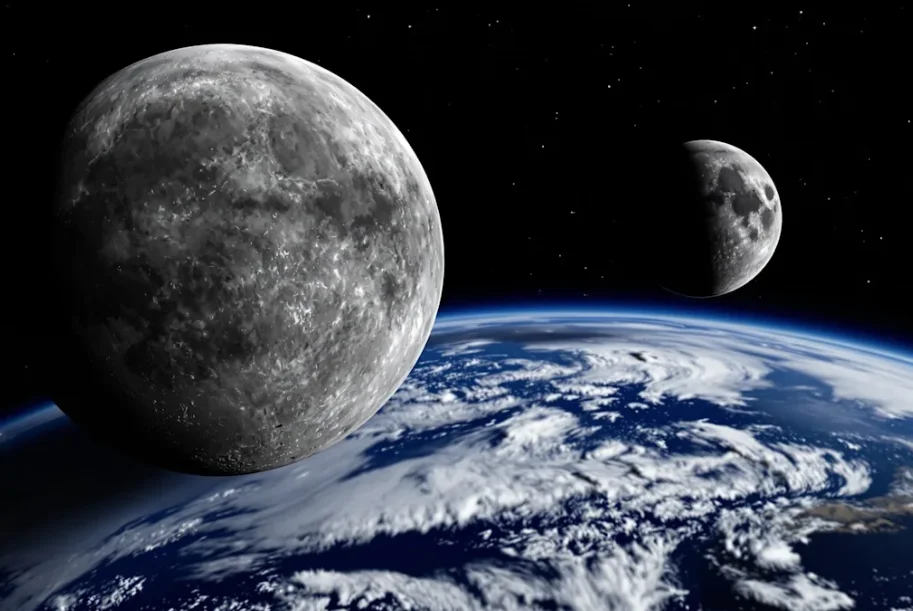Earth has a new traveling companion in space, a small asteroid officially named 2025 PN7. Discovered by astronomers at the University of Hawaii, the rock has now been confirmed by NASA as a “quasi-moon” , a rare celestial body that follows Earth’s orbit almost perfectly around the Sun.
Unlike our actual Moon, which is gravitationally bound to Earth, 2025 PN7 isn’t locked in orbit. Instead, it moves along a nearly identical path to our planet, appearing to shadow us as we both circle the Sun.
How Big Is Asteroid 2025 PN7?
Scientists estimate that 2025 PN7 measures between 18 and 36 meters wide, roughly the height of a small building. Though tiny by astronomical standards, its discovery adds another fascinating object to Earth’s extended neighborhood.
NASA explains that while the asteroid seems to orbit Earth, it’s actually orbiting the Sun, just like we do, keeping pace in what astronomers describe as a “gravitational dance.” Think of it as a friendly runner matching your stride on the same track, always close, but never touching.
A Temporary Companion in Earth’s Orbit
According to astronomers, 2025 PN7 has likely been following Earth for about 60 years. If its current orbit remains stable, it could stay with us until around 2083, before drifting back into deeper space.
At its closest, the asteroid comes within 4 million kilometers of Earth, roughly ten times farther than the Moon. At its farthest, it swings out to nearly 17 million kilometers away. This variation comes from the tug-of-war between the gravitational forces of the Sun, Earth, and nearby planets.
How Scientists Found It
The University of Hawaii’s Pan-STARRS telescope team first noticed the object during a routine sky survey earlier this year. What appeared as a faint speck moving against the stars soon revealed a unique pattern, it was moving in lockstep with Earth.
After several weeks of precise tracking and data analysis, NASA confirmed 2025 PN7’s quasi-moon status, officially recognizing it as one of Earth’s rare orbital companions.
Why Quasi-Moons Matter
So far, astronomers have confirmed only eight quasi-moons orbiting alongside Earth. These small, temporary companions are more than just curiosities, they help scientists refine orbital models, predict near-Earth asteroid behavior, and test gravitational theories.
Because quasi-moons stay relatively close to Earth, they may also become future testing grounds for space missions. Compared to distant asteroids, these objects are stable, reachable, and ideal for studying how gravity shapes near-Earth space.
A Small But Remarkable Discovery
No, 2025 PN7 will never outshine our actual Moon, but it’s still an exciting reminder that space is full of subtle, fascinating companions. For now, this tiny asteroid continues its silent journey, pacing Earth orbit after orbit as our planet completes its endless lap around the Sun.










